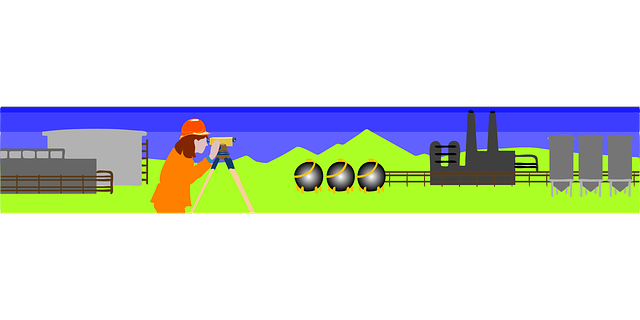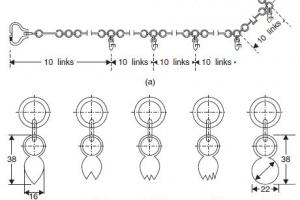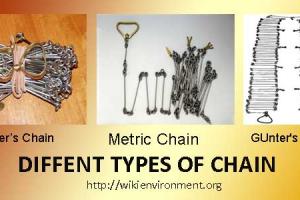Methods of Locating New Stations in Surveying - Ranging and Chaining

In surveying relative position of points are located by measurement from at least two points of reference, whose positions must be known already.
1. Ranging Out Survey Line
Ranging is process of establishing Intermediate points on straight line between the terminal points or stations. Two methods can be employed depending on the intervisibility
- Direct Ranging
- Indirect Ranging
a. Direct Ranging
It Is used while ranging on a plane ground, when two points are intervisible.
Stepwise procedure of Direct Ranging
- Fix the ranging rods at the two given stations.
- The follower stand behind station A and directs the leader, with ranging rod to come in line with AB by signals of ranging
- When the ranging rod comes in the line of AB the follower directs the leader to fix the ranging rod in position.
- Let the intermediate point be C which should be less than 100 feet .
- Now the leader taken another ranging rod and stands between A and B about 2/3 distance from A
- The follower directs the leader to come in line of AB by using signals of ranging.
- As and when the point is located in the line of AB the follower instructs to fix the ranging rod in position.
- Let the other intermediate position be D which is less than 100 feet from B
- Now A, B, C and D are in one line.
- Now the leader and follower measure the distance by measuring along A, C, D, B.
RESULT: The distance between AB = __________ feet
b. Indirect Ranging
This type of ranging is carried out when two sides are not intervisible.
Also See: Types of Chains in Surveying
2. Chaining of a Line
Two men are required
- Leader
- Follower
i. Duties of Leader:
- To drag the chain
- To insert arrows at the end of survey chain length
- To obey instructions of the follower
ii. Duties of Follower:
- To place leader in line with ranging rod
- Always carry the rear handle in his hand
- To pick up the arrows inserted by the leaders.









